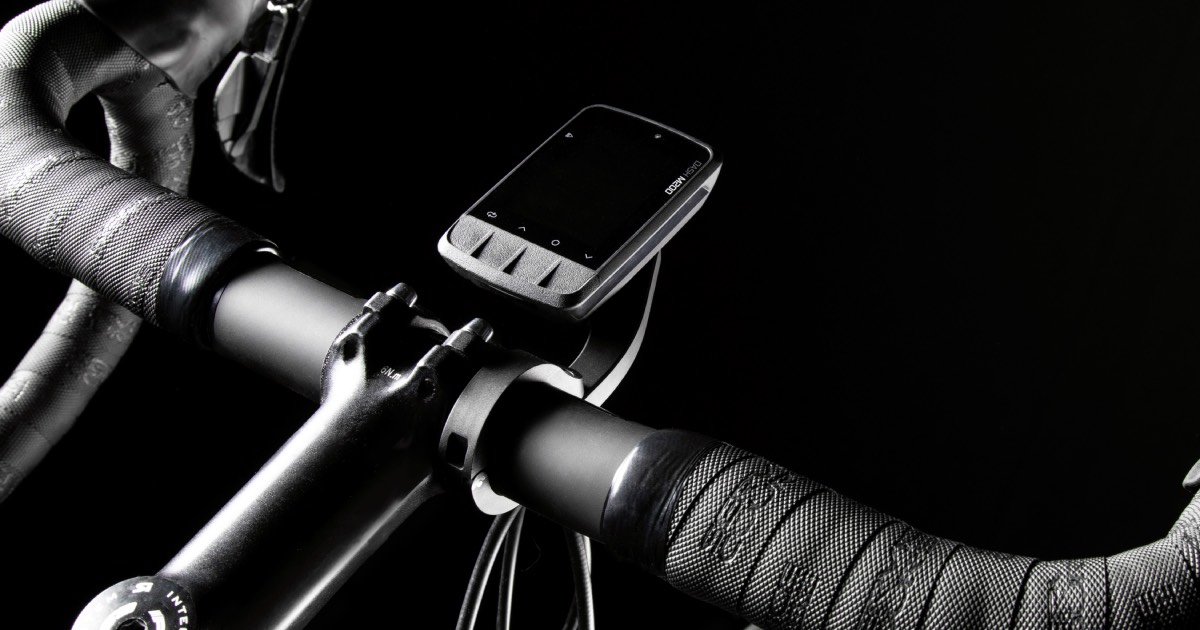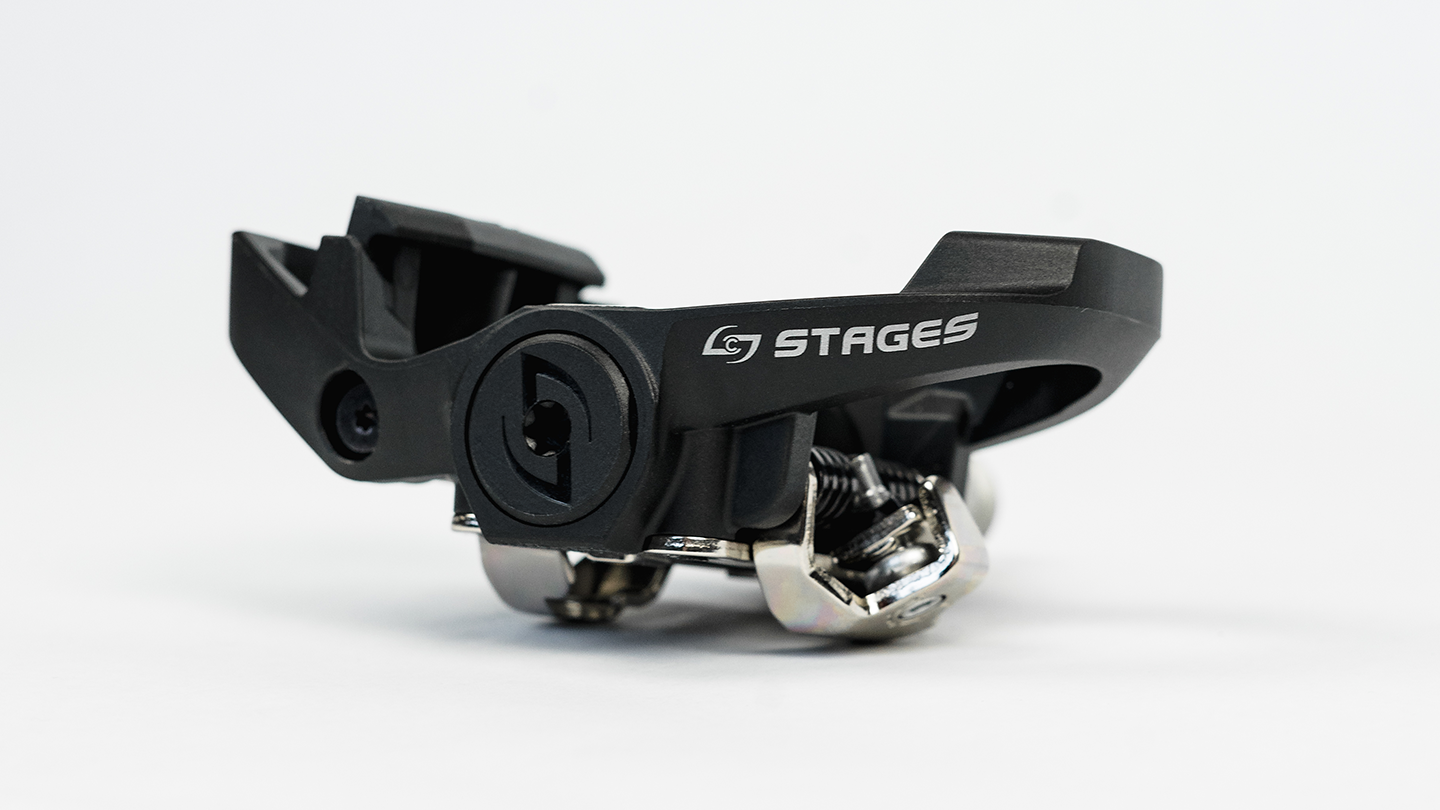Amp Up Your Indoor Cycling Workouts With Power
- By Amber Jaworsky
- Published: 25 Apr 2022
- Last Updated: 14 Oct 2022

Power & Indoor Cycling
Hands up if you like to see how far you’ve ridden, or how many calories you’ve crushed after a hard indoor cycling class. Data is rewarding and motivating, and data-backed workouts can make even the toughest ride feel purposeful and fun!
When it comes to
to your rides is much like having a personal trainer rather than a cheerleader in your corner. There are times when we need both, but when it comes down to it, the metrics of our rides better shape and guide us towards our fitness goals. And they also keep us coming back for more.
What Is Power?
aren’t just for the pros, indoor and outdoor cyclists of all levels enjoy the benefits of training with power. that are outfitted with a power meter provide real-time data that communicate the precise amount of work, or energy, that’s put into a ride.
The science behind all of this is pure physics, but in a nutshell, power is the combination of how much work a cyclist has done and how fast they’ve done it. A power meter measures the transfer of energy from a rider’s legs to the bike, by measuring how hard (torque) and how fast (cadence) a cyclist is pushing on the pedals to keep them turning. This combined measurement is expressed in watts and is often referred to as power output.
Why are Watts Important?
Power output varies considerably from person to person, so comparing power variables from one rider to another isn’t fruitful. But knowledge is power for the individual rider, and power-based data provides individuals with a brilliant perspective of what their bodies can do. In addition to quantifying effort during a given workout, tracking power output can also help riders set quantifiable goals and measure improvements in their fitness level. Higher watts also mean greater caloric burn, so riders can “turn up their burn” by monitoring and training with watts.
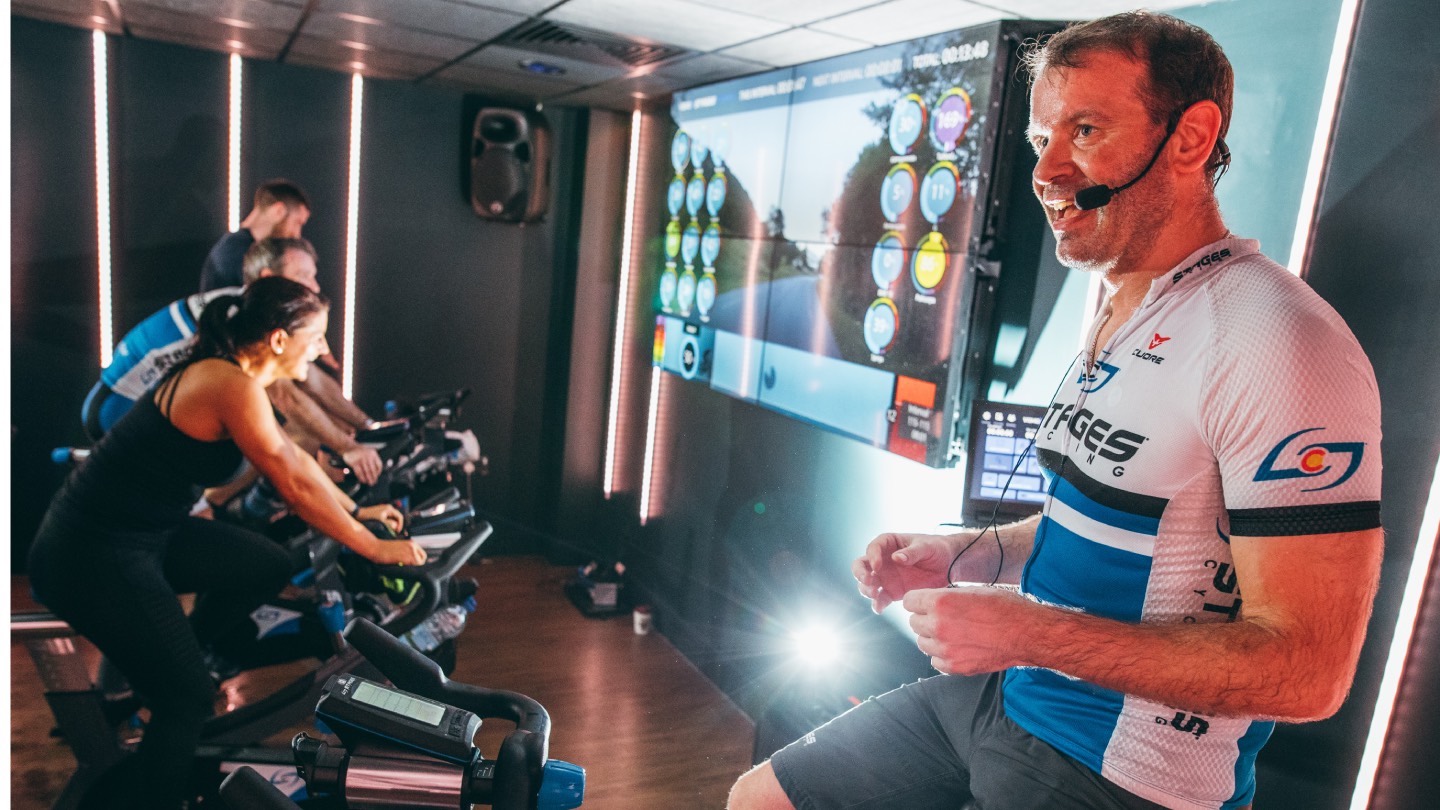

What Are the Benefits of Training With Power?
Accurate Metrics
The American College of Sports Medicine (ACSM) ranks fitness tracking as the number one fitness trend in the US. Smartphones, smartwatches, and exercise apps are the new norm, but not all performance tracking methods are considered equal. For years, heart rate training has been a gold standard in tracking fitness, but heart rate training alone only captures the body’s physiological response to a workout and communicates very little about the effectiveness of the workout itself. Heart rate can vary from day to day. Temperature, hydration level, fatigue, stress, caffeine, and other factors can easily influence your heart rate, which makes it difficult to quantify the intensity of your efforts.
Power, on the other hand, does not fluctuate and can add a concrete crosscheck to workouts. Power meters generate solid metrics that communicate the pure effort (mechanical response) of a workout. A watt is a watt, regardless of whether you’re hyped up on caffeine or suffering from a sleepless night. The only way to influence power output is to put in the work. Any increase in effort instantly elevates power data, whereas heart rate data is slower to respond to a heightened effort. The accuracy, responsiveness, and consistency of power metrics help athletes figure out what works best for their body both, in the moment and over time.
Analyze Your Workouts
Analyzing data during class is motivating. Analyzing data after class is gratifying. And, analyzing data over time is just flat-out rewarding. Without data, it’s impossible to know how far you’ve come or if your workouts are effectively moving you toward your goals. Power metrics take the guesswork out of training and they help you understand your body. A simple glance at your power data and you can identify cardiovascular training zones, weaknesses, strengths, and gains. Analyzing your workouts allows you to compare yourself to the only other person that really matters… you!
Improve Training Efficiency & Quality
Power provides a quantitative evaluation of the intensity of your workouts. Instead of basing how hard a rider is working on perceived exertion or other qualitative factors, power meters generate real-time numbers that can be immediately displayed on a head unit, console, or leaderboard. This instant feedback can help guide a rider to work less, hold the line, or increase workload based on the remaining distance and time left in class.
The data that’s collected from each ride can also be used to build training protocols and individualized power zones. Power zone training uses a rider’s functional threshold power (FTP) to establish personalized watt ranges (zones). Riding in each zone affects the body in unique ways and allows instructors (and riders) to purposefully target specific exercise intensities (like active recovery, endurance, tempo, threshold, V02 max, and anaerobic) while avoiding overtraining.
Quantify Improvement Over Time
Power is a great tool for setting goals and measuring improvement over time. The watts don’t lie. A rider who begins a cycling program with an average of 120 watts per hour and improves their average watts per hour to 150 is getting stronger and elevating their level of fitness. Power output allows riders to focus on their gains and reinforces their commitment to improving their fitness.
Validates Rhythm/Cadence Classes
At the end of the day, working out needs to be fun and rewarding or we won’t stick to it. Hardcore metrics and efficiency can be mega motivators for some. But for others, the experience, the music, and the energy of a class are what keep them coming back for more. Data can still be extremely validating for those who find themselves in the second camp. Having a number or score that quantifies an experience attests to why you’re doing what you’re doing. Sure, you feel better, but a little bit of data can prove that your workout is actually making you better too!
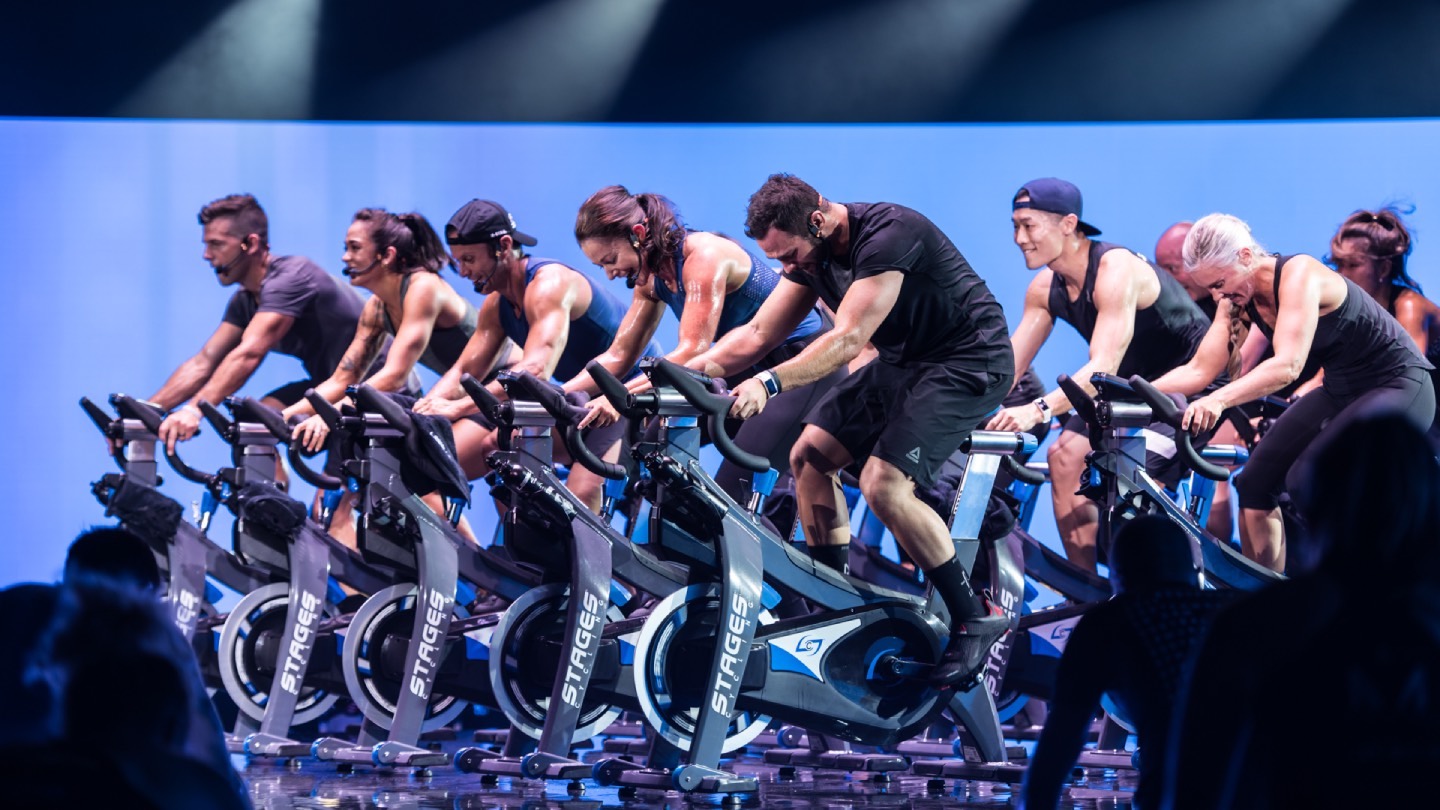

How Do I Use Watts?
What is a Good Wattage for Indoor Cycling?
When it comes to watts, there’s not a magic number that applies to all. But generally speaking, a beginner cyclist may average around 75-100 watts in a 1-hour workout. A more conditioned rider will average more than 100 watts, and pro cyclists can reach up to 400.
Keep in mind that watts and FTP alone are not a determinant of strength. Power-to-weight ratio is the formula used to determine a rider’s strength compared to their weight, and it’s a great equalizer when comparing riders of different sizes. Larger riders push more weight down onto the pedals, thus producing a higher output of power. Conditioned lighter riders, on the other hand, have a higher power-to-weight ratio even though their watts/FTP are lower.
How to Increase Watts/Power Output
To achieve a higher wattage during a ride, you must either increase your cadence at a given resistance or keep your cadence the same and increase resistance; either method will result in higher output and an increase in speed. This correlation is easy to experience.
Climb on your bike and try these three exercises:
- Hold a steady speed and then gradually increase resistance. The watts on the display will rise.
- Hold the resistance steady and increase your speed. Again, watts will go up.
- Pedal fast and “dump the gears.” As the resistance decreases, watts will drastically decrease even though cadence is fast. Riding technique deteriorates at a high speed and low resistance, so cycling with some resistance is not only more comfortable, but it’s also safer. Click HERE to read more about safe RPM ranges for cycling.
The best way to increase your power output over time is to ride your bike, ride your bike, and then ride your bike some more.


Adding strength training (aka resistance training) to your workout regimen is another great way to see a bump in your power data, and level of fitness for that matter. Strength training will result in strength gains, and if you’re curious about how that applies to cycling, check out this article on Strength Training for Cyclists.
Indoor Cycling Drills to Increase Power Output
In addition to adding a healthy dose of strength training to your week, you can boost your power output even more by doing specific indoor cycling workouts. Click HERE to sample five workouts that are guaranteed to amp up your watts.
How to Add Power To Your Indoor Cycling Workouts
There are a lot of reasons and a lot of ways to ride indoors. Group indoor cycling classes are fun, and motivating and can build a sense of community, all of which keep you coming back for more. While smart trainers, and enable dynamic solo rides and make the best “pain cave” training partners. Regardless of which you choose, adding power to your ride will help you get the most out of your indoor workout.
Benefits of Power on Stationary Bikes, Smart Trainers & Smart Bikes
When you ride indoors, you’re constantly working. If you ride for 60 minutes indoors, you’ll most likely be pedaling for 60 minutes. Traffic lights, terrain, other riders, or cars can influence your actual ride time outside (on average, a 60-minute indoor ride would equal 90 minutes of riding outside). Indoor cycling ensures consistent effort and consistent conditions, which makes your training more efficient. Every ride can be precisely quantified making it easy to determine fitness gains. And, this is a big reason why indoor bikes pair perfectly with power.
But, it’s not all about the grind! Even if you’re riding by yourself during your lunch hour, you can still have fun. Most smart trainers and smart bikes pair with third party riding apps like Zwift, Rouvy, RGT, TrainerRoad, and Peloton that make riding indoors more like playing a video game. The added social aspect of meeting a virtual group of friends and giving “Ride Ons” and earning PowerUps add an element of fun to riding indoors that never existed before.
Power data does not have to be in your face at all times to make an impact. Power meters can be behind the scenes machines that quietly capture and generate motivational data points that can be viewed through an after-ride email or workout summary. In this scenario, power gives you an idea of how you did on the ride, even if it wasn’t your focus.
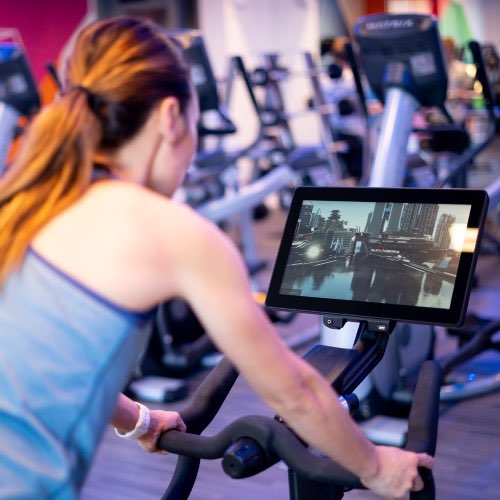

Benefits of Power in a Group Indoor Cycling Class:
Power adds a new dimension to group spin classes and gives riders more control over their workouts. Athletes no longer have to choose between a high-energy rhythm or a purely power-based class. Power meters allow riders to step into a synthesized group experience that makes power fun and rhythm measurable. This both/and scenario enables the group and the individual to thrive. The metrics enable individual riders to chase down their personal goals while simultaneously teaming up with the group for class challenges and rider competitions.
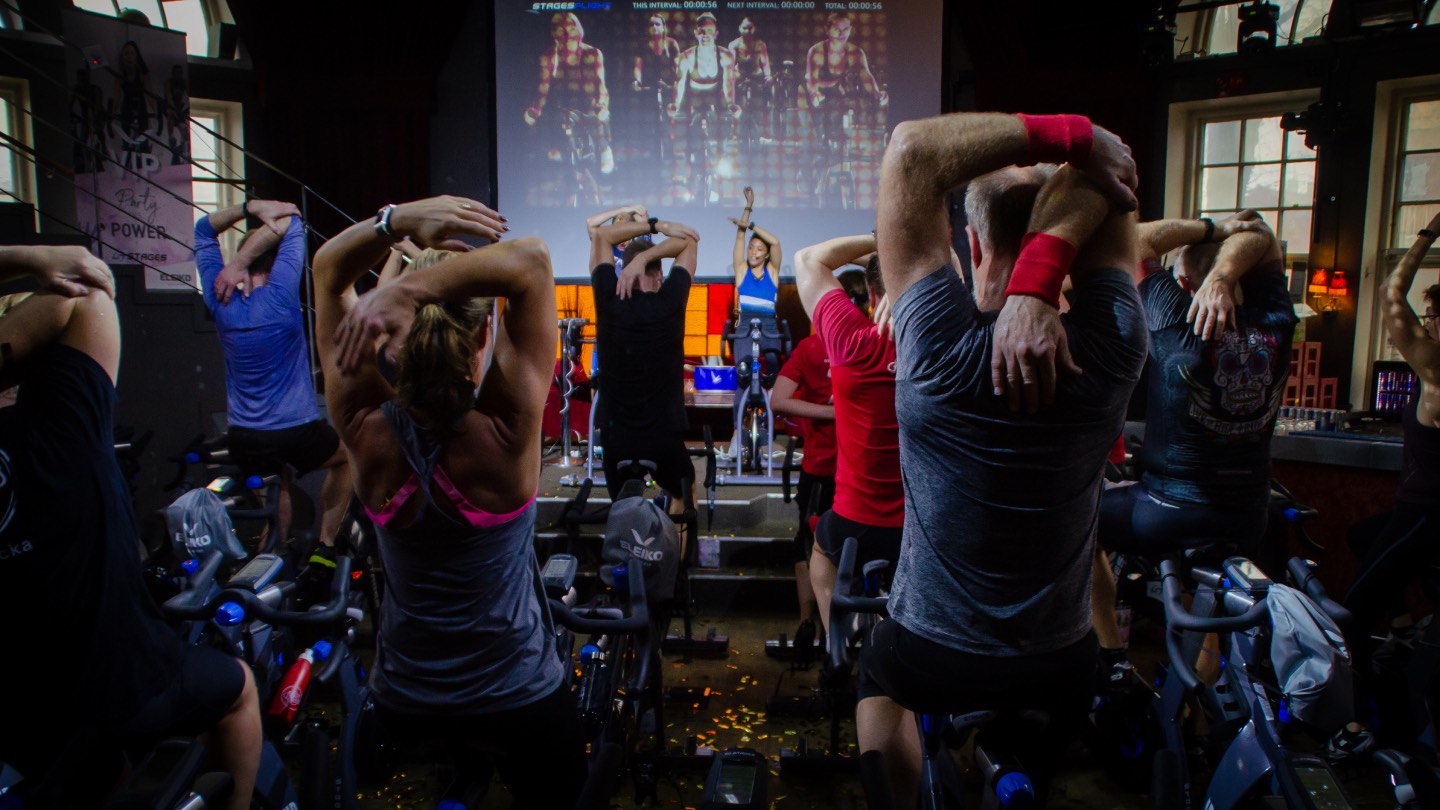

Bottom Line
If you’re looking to add purpose and value to your indoor rides, power provides the perfect solution.











